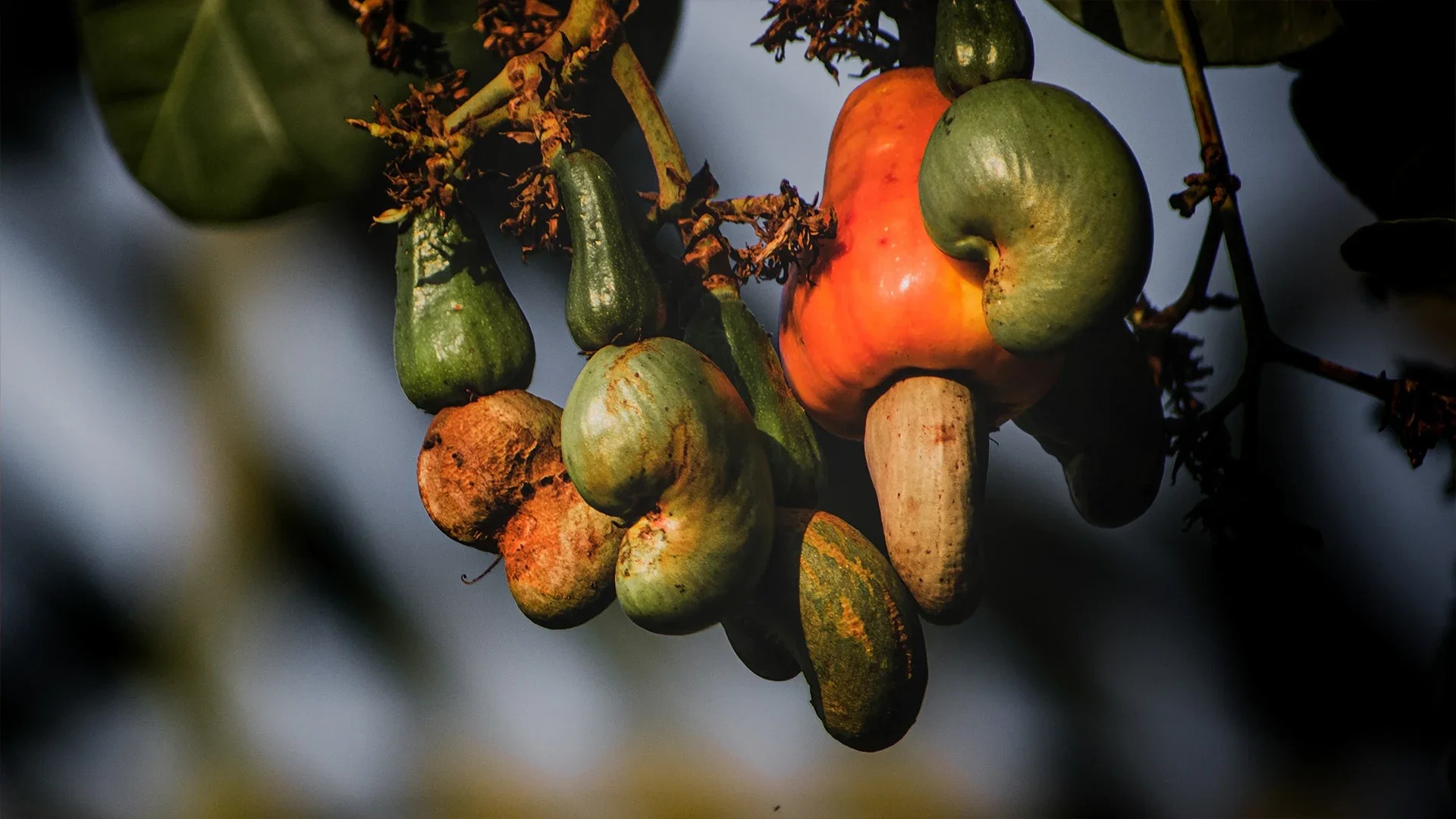Cashew nuts don’t just show up in snack aisles or gourmet dishes. They grow under very specific conditions, in countries with the right balance of climate, soil, and agricultural infrastructure.
If you’re curious about where the bulk of the world’s cashew supply comes from, this guide breaks it down clearly—no guessing, no filler.
Key Highlights
- Cashew trees thrive in tropical regions with well-drained soil and high temperatures.
- India and Vietnam have remained top cashew exporters over the last decade.
- African countries now dominate the raw cashew production market.
- Brazil was once a global leader, but output has shifted to Asia and Africa.
- Malaysia stands out for premium-grade kernels.
- The global cashew market depends on a few producers for over 90% of its volume.
What Makes Cashew Trees Thrive?
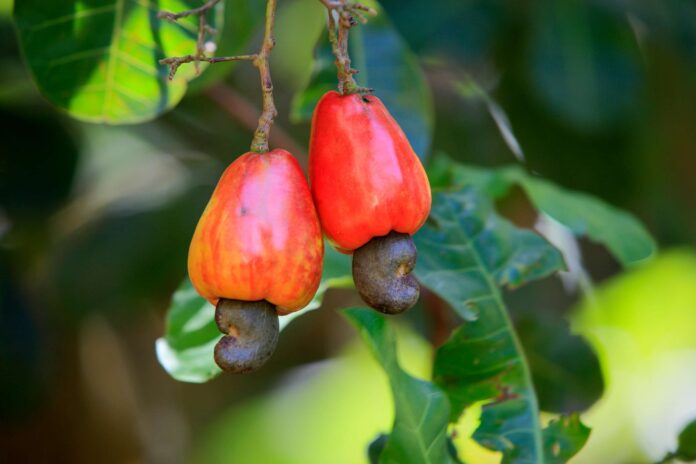
Cashew trees grow best in areas with a dry tropical climate. They need a distinct wet and dry season, and they cannot handle frost. Once established, the trees are drought-resistant and can grow in poor soils, but for high yields, loose, sandy, or lateritic soil works best.
The tree produces a cashew apple and a cashew nut. The nut grows outside the fruit, hanging from the bottom. Processing the nut involves roasting, shelling, peeling, and grading. That requires skill, labor, and safety measures because the shell oil is caustic.
Several countries can grow cashews, but only a few have built a reliable and profitable supply chain around it. Let’s break down where most of your favorite snack really comes from.
Leading Cashew Nut Producers Worldwide
Vietnam: Precision and Scale
Vietnam has transformed itself into the global powerhouse of cashew processing. Although it doesn’t grow as much raw cashew as some African nations, it imports vast quantities of raw nuts and processes them efficiently.
The country combines manual labor and mechanized processing, which increases output while reducing waste.
Vietnam exports to major markets in the US, Europe, and the Middle East. Consistency, volume, and a streamlined export system keep Vietnam at the top of the list.
India: Traditional Leader with Deep Roots
India has grown cashews for centuries. The states of Kerala, Maharashtra, Goa, and Andhra Pradesh lead the way.
India also processes and consumes a large part of its own cashew crop. Domestic demand remains high due to cashews being used in sweets, curries, and religious offerings.
In recent years, India has started importing raw cashews from African countries to meet processing demands. That means India is still a central player, but the source of its raw nuts has shifted.
Malaysia: High-Quality Kernels and Strategic Distribution

Malaysia doesn’t top the list by volume, but it plays a significant role in the premium and wholesale market. The country focuses on quality over quantity, supplying clean, well-graded kernels to B2B clients across Asia.
One standout in this space is cashew nut wholesale supplier Jannat Asia. Based in Kuala Lumpur, the company offers natural, roasted cashews with skin, sourced and delivered across the country.
It serves wholesale buyers with competitive rates and a clear mission: better quality for better price. With a strong logistics base and online stores, Malaysia is carving out a reputation for reliability in the cashew business.
The Rise of Africa in Raw Cashew Production
Many African countries have stepped into the spotlight not as processors but as primary growers. Their raw nut exports feed the processing industries in Asia.
Nigeria: Volume, Not Processing
Nigeria is one of the largest raw cashew producers. However, lack of local processing infrastructure means most of the crop gets exported in unprocessed form. There’s potential here for future industry development, but right now, the focus is on farming, not refining.
Ivory Coast: Africa’s Processing Ambitions
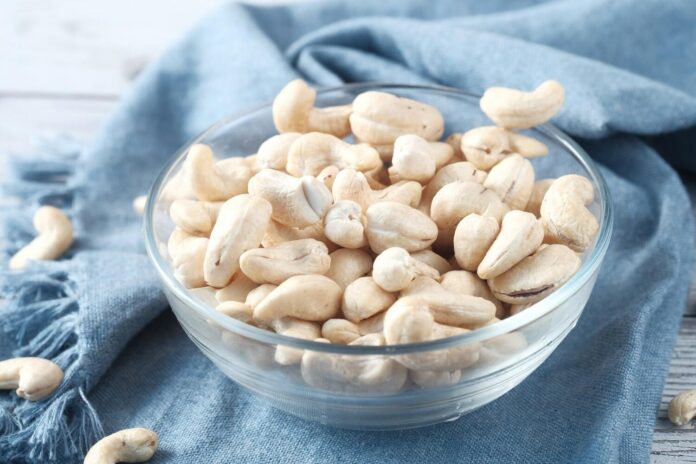
Ivory Coast is leading a shift in Africa. It aims to process 50% of its cashew output locally. The government and private players are building facilities to retain more value within the country.
Tanzania and Benin: Growing Reputation
Both countries produce large amounts of raw cashews and export them mainly to India and Vietnam. Logistics and trade agreements matter here. These nations rely on seasonal exports, with quality affected by harvest timing and weather.
Brazil: The Decline of a Pioneer
Brazil was once a leading cashew producer. It introduced industrial-scale cultivation in the early 20th century and remained a major exporter for decades.
However, competition from Asia and Africa, combined with aging plantations and lower investment, caused Brazil’s output to drop.
Some regions still grow high-quality nuts, but most of Brazil’s focus now lies in niche export segments and domestic use.
Why African Producers Export Raw Nuts
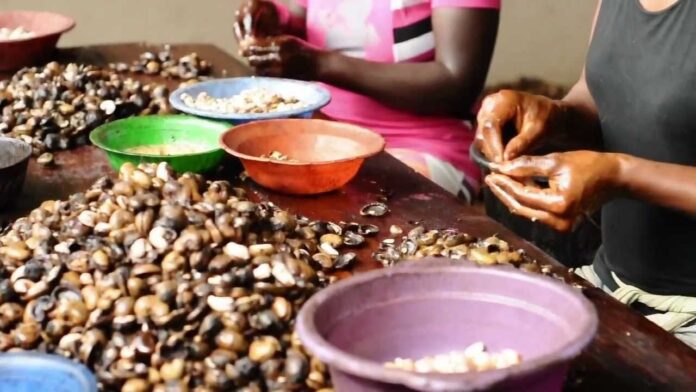
You may wonder why African countries export raw cashews instead of processing them. The answer comes down to capital, training, and infrastructure.
Processing cashew nuts involves dangerous steps, especially when handling the caustic shell liquid. It also requires grading systems and international certifications.
Building this system takes years, and many governments are just now prioritizing it. Until then, Asia will remain the processing hub, even if Africa grows more raw nuts.
Cashew Processing vs. Production: Key Distinctions
Some countries grow raw cashews. Others buy them, process them, and export the finished product. Here’s how they compare:
Processing and Export Countries
- Vietnam
- India
- Malaysia
Production Countries
- Nigeria
- Ivory Coast
- Tanzania
- Benin
- Mozambique
These focus on farming and initial harvest.
These focus on refining, grading, packaging, and international sales.
Climate and Soil: What Grows the Best Cashews?
Cashew trees demand high heat, seasonal rainfall, and well-drained soil. Areas near the equator with a defined dry season often produce the best nuts.
Ideal growing conditions:
- Temperatures between 24–28°C
- Annual rainfall between 1000–2000 mm
- Sandy-loam or lateritic soil with good drainage
- Low humidity during nut development
Regions that meet these conditions become hotbeds for cashew farming, especially in Asia and Africa.
Future Outlook: Who’s Set to Dominate?
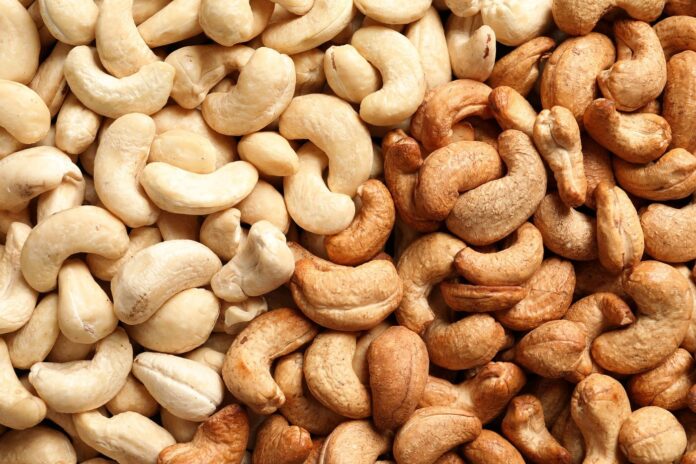
The future of cashew supply may look very different.
- Africa could rise in processing if investment continues.
- Malaysia may grow its role as a niche supplier of premium kernels to B2B clients.
- India may scale up imports even more to stay ahead.
- Vietnam will likely keep optimizing its machines and supply chain.
Global competition will shift as governments push for more value-added production at home. Those who control both farming and processing will control market pricing.
Final Thoughts
Cashew nuts may look simple, but their journey across continents shows a layered, competitive global trade. Countries like Vietnam and India have refined the art of processing. Others like Nigeria and Ivory Coast are still unlocking their potential.
Malaysia adds a premium angle to the story. With suppliers like Jannat Asia focusing on clean, natural kernels and solid logistics, it’s becoming a reliable partner for buyers who want consistent quality.
If you’re buying cashews, now you know where they grow, who grows them best, and how global demand shapes where they end up.

